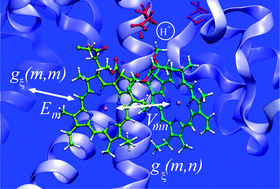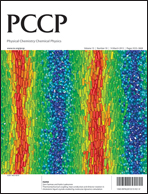Understanding photosynthetic light-harvesting: a bottom up theoretical approach
Abstract
We discuss a bottom up approach for modeling photosynthetic light-harvesting. Methods are reviewed for a full structure-based parameterization of the Hamiltonian of pigment–protein complexes (PPCs). These parameters comprise (i) the local transition energies of the pigments in their binding sites in the


 Please wait while we load your content...
Please wait while we load your content...